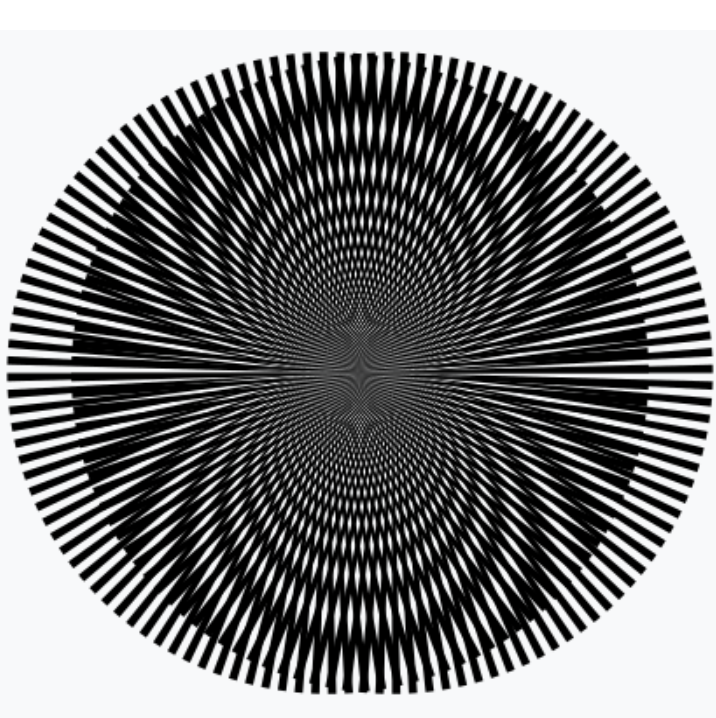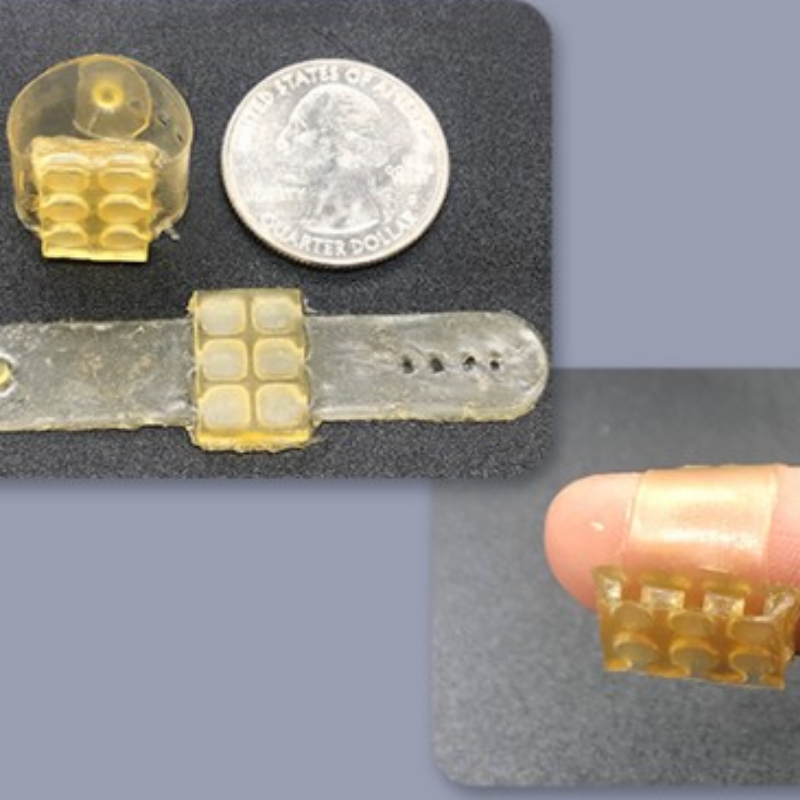Wearable device could read or write data by just bending your finger
Oct. 18, 2023.
2 min. read
3 Interactions
A simple device that could store medical and other data
Researchers have invented an experimental wearable device using a material that generates power to create and store data by bending a finger—a possible, promising step towards health monitoring and other uses.
Multifunctional devices normally require several materials in layers, requiring nanomaterials with high precision, the researchers note.
The team, led by RMIT University and the University of Melbourne in collaboration with other Australian and international institutions, created the proof-of-concept device using a safe oxide of a low-temperature metal called bismuth.
Senior lead researcher Ali Zavabeti said the invention could be developed to create medical wearables that monitor vital signs and store personal data.
“The innovation was used in our experiments to write, erase and re-write images in nanoscale, so it could feasibly be developed to one day encode bank notes, original art or authentication services,” said Zavabeti, an engineer from RMIT and the University of Melbourne.
The team’s research is published in the journal Advanced Functional Materials.
“We tested natural motion behavior with the device attached to a finger joint, with an average output peak of about 1 volt,” Zavabeti said.
Memory functions
Lead author and PhD student Xiangyang Guo from RMIT said the team can print layers of bismuth oxide in just a few seconds.
“We fundamentally investigated this instant-printing technique for the first time, using low-melting point liquid metals,” said Guo.
The device was able to perform the memory functions of “read,” “write” and “erase” for various images. The device, which was not worn by a user during these memory experiments, wrote and stored the logo and symbol in a space that could fit 20 times within the width of a human hair.
Other possible uses include sensing and energy harvesting, he said. “The material can act as a semiconductor, meaning it can be used for computation. It is a nanogenerator, meaning it’s energy efficient, with a green-energy supply from environmental vibrations and mechanical movements.”
Guo also said bismuth oxide was likely to cause less irritation to skin, compared with silicon, and it was durable, so it was stretchable and can be integrated into wearable technologies.
The researchers plan to adapt their approach to other low-temperature liquid and solid metals and alloys that could be developed for personalized wearables.
The Australian Research Council and the National Computational Infrastructure funded the research. The team included researchers from the University of Toronto, Western Sydney University, University of Sydney, University of New South Wales and Australian National University.
The researchers’ peer-reviewed article, “Multi-Functional Atomically Thin Oxides from Bismuth Liquid Metal,” was published in the journal Advanced Functional Materials.
Citation: Guo, X., Nguyen, C. K., Syed, N., Ravindran, A., Islam, M. A., Filleter, T., Cao, K., Wang, Y., Mazumder, A., Xu, C., Walia, S., Ghasemian, M. B., Kalantar-Zadeh, K., Scholten, S. C., Robertson, I. O., Healey, A. J., Tetienne, P., Lu, T., Liu, Y., . . . Zavabeti, A. Multi-Functional Atomically Thin Oxides from Bismuth Liquid Metal. Advanced Functional Materials, 2307348. https://onlinelibrary.wiley.com/doi/full/10.1002/adfm.202307348 (open access)
Let us know your thoughts! Sign up for a Mindplex account now, join our Telegram, or follow us on Twitter.

.png)

.png)


.png)





0 Comments
0 thoughts on “Wearable device could read or write data by just bending your finger”